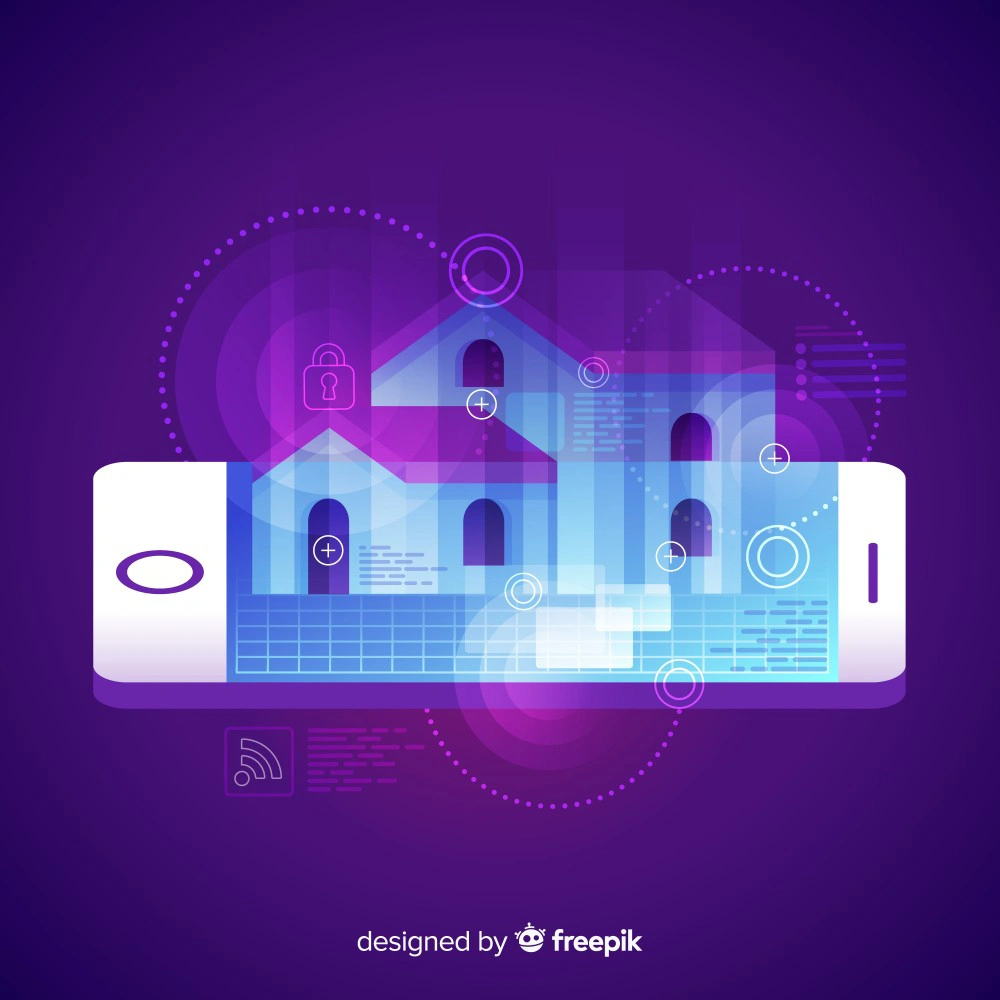When you land on a website, whether it’s for shopping, learning, or discovering a service, the first thing you probably notice is the landing page. This initial page has one job: to grab your attention and convince you to take action. But what makes some landing pages so successful while others fall short?
The answer lies in landing page design. A well-designed landing page can differentiate between a visitor leaving your site and converting into a customer. In this post, we will explore the science behind landing page design, how to optimize your pages for conversions, and the key elements that make a landing page effective.
What is Landing Page Design?
A landing page is a standalone web page created specifically for a marketing or advertising campaign. Unlike the rest of the website, which can be broad and diverse, a landing page focuses on a single goal: converting visitors into customers, leads, or subscribers. These goals could include purchasing a product, signing up for a newsletter, or downloading an ebook.
Landing page design is all about creating a layout and structure that guides visitors toward completing this desired action. It combines visual appeal, usability, psychology, and functionality to increase conversions.
The Psychology Behind Landing Page Design
Good landing page design is rooted in psychology. Understanding how people think, react, and make decisions online is essential in crafting an effective page.
1. First Impressions Matter
Humans form opinions about websites within milliseconds. In fact, a study found that users take only 50 milliseconds to form an opinion about a website. If your landing page doesn’t appeal to visitors immediately, they may bounce and never return. Your design should be clean, visually appealing, and easy to navigate. The first impression can make or break the success of your page.
2. Trust and Credibility
Web users are naturally cautious, especially when they are asked to make a purchase or provide personal information. Building trust on your landing page is crucial. Include trust signals like customer testimonials, security badges, and a clear privacy policy to assure visitors that their data is safe and that your business is reputable.
3. The Power of Simplicity
Visitors don’t want to feel overwhelmed when they visit your page. The more choices you give them, the more likely they are to leave. The best landing pages simplify the user experience. By focusing on one goal and reducing distractions, you can direct the user’s attention where it matters most: on the call to action (CTA).
4. Emotional Appeal
People make decisions based on emotions, even when those decisions seem logical. Using emotional triggers like urgency (“Limited-time offer”) or exclusivity (“Join our VIP list”) can motivate visitors to act quickly. The right visuals, copy, and tone of voice can stir emotions and encourage users to take action.
Key Elements of Landing Page Design
Creating an effective landing page is a balance that professional web design companies in UK follow. User behavior psychology, and data-driven decisions. Let’s break down the key components that every landing page should include.
1. Headline
The headline is the first thing visitors see, and it should instantly communicate what the page is about. A strong headline will immediately grab attention and make the user want to learn more.
Your headline should be:
- Clear: Avoid jargon and buzzwords.
- Specific: Let visitors know exactly what they can expect.
- Compelling: Use powerful, action-oriented words to create curiosity.
For example, instead of a generic headline like “Welcome to Our Site,” try something like “Get 30% Off Your First Order Today.”
2. Subheadline
A subheadline is a secondary piece of text that provides additional information about what’s being offered. It’s typically placed directly beneath the headline and gives more context or explains the value proposition in more detail.
Example: “Shop our wide selection of premium-quality products at discounted prices.”
3. Call to Action (CTA)
The call to action is the most crucial part of the landing page. It tells visitors what you want them to do next. Whether it’s clicking a button to make a purchase or entering their email for a free download, the CTA should be:
- Clear: Use action verbs like “Buy Now,” “Download,” or “Get Started.”
- Visible: Place it in a prominent location on the page, and make sure the button stands out with bold colors.
- Urgent: Create a sense of urgency or offer incentives like discounts to prompt immediate action.
4. Visuals and Imagery
Images are powerful tools in landing page design. They help establish your brand’s tone and can emotionally connect with your audience. High-quality visuals, whether they are product images, infographics, or lifestyle shots, should be strategically placed to support the message.
However, be mindful of loading speeds. Large image files can slow down your landing page and hurt the user experience. Optimize images for fast loading times without compromising quality.
5. Form Fields
If your landing page involves gathering customer information, such as for email subscriptions or lead generation, form fields are a necessary part of the design. Keep forms as simple and short as possible to reduce friction. Request only essential information like name and email address—asking for too much information will discourage visitors from completing the form.
6. Social Proof and Testimonials
Social proof is a psychological principle where people tend to trust the actions and opinions of others. Incorporating customer testimonials, reviews, or user-generated content can increase credibility and show visitors that others trust your brand. If you’re offering a product or service, include real reviews or case studies to build trust.
7. Minimal Distractions
A successful landing page should be distraction-free. Avoid including unnecessary links to other pages, social media buttons, or excessive navigation options. The focus should be on the CTA. Visitors should have no choice but to take the action you want them to.
Best Practices for Optimizing Your Landing Page
Now that we understand the elements that go into a landing page, let’s take a look at some best practices for optimizing it.
1. A/B Testing
One of the most effective ways to optimize your landing page is through A/B testing. This involves creating two versions of the page with slight differences (like a different headline or CTA button color) and testing them to see which performs better. Testing allows you to gather data and continuously improve your landing page design.
2. Mobile Optimization
With more and more people browsing the internet on their smartphones, it’s crucial to ensure your landing page is mobile-friendly. A responsive design that adapts to various screen sizes is essential for keeping visitors engaged. Slow load times or difficult navigation on mobile can lead to a high bounce rate and lost conversions.
3. Fast Load Speed
A slow-loading landing page is one of the quickest ways to lose potential customers. Studies show that even a one-second delay in page loading time can result in a 7% decrease in conversions. Compress images, use content delivery networks (CDNs), and minimize unnecessary code to ensure your page loads as quickly as possible.
4. Clear and Concise Copy
The copy on your landing page should be direct, engaging, and persuasive. Visitors should easily understand the benefits of your product or service. Use bullet points, short paragraphs, and headers to break up text and make the page scannable.
5. Use Analytics to Track Performance
Use tools like Google Analytics to track how visitors are interacting with your landing page. This will provide insights into where visitors are dropping off, which elements are performing well, and where you can make improvements.
How Web Design Companies and Web Development Impact Landing Page Design
The role of web design companies in landing page creation cannot be understated. These professionals combine design aesthetics with technical expertise to build high-converting landing pages.
- Web design companies focus on the visual aspects of the page—how it looks, feels, and flows. They ensure the landing page is user-friendly, visually appealing, and aligned with your branding.
- Web developers, on the other hand, ensure the page functions smoothly. They handle the technical aspects like load speed, mobile responsiveness, and integrating tracking tools.
When both teams work in harmony, they create a landing page that’s both beautiful and functional, offering a seamless user experience that drives conversions.
Conclusion
Creating a high-converting landing page is a science—one that involves understanding psychology, design principles, and user behavior. By focusing on key elements like clear messaging, persuasive calls to action, and user-centered design, you can optimize your landing page for success.
Remember, landing pages are a critical part of any digital marketing campaign. Whether you’re working with web development in London the page in-house, following best practices and constantly testing and refining your design will help you achieve your conversion goals.
FAQs About Landing Page Design
1. What is the purpose of a landing page? A landing page is designed to focus a visitor’s attention on a specific goal, such as making a purchase, subscribing to a newsletter, or downloading an ebook.
2. How do I create a compelling CTA for my landing page? Use action-oriented verbs, keep the text concise, and make sure the CTA button stands out visually.
3. What is A/B testing, and why is it important? A/B testing involves creating two versions of your landing page with small differences to see which one performs better. It helps optimize design and content for higher conversions.
4. Should I include navigation links on my landing page? It’s best to keep navigation links to a minimum to avoid distractions. The focus should be on the CTA.
5. How can I optimize my landing page for mobile? Ensure your design is responsive, with fast load times and easy-to-use forms on mobile devices.
6. Can I use stock images on my landing page? While stock images can work, using real images of your product or service can increase authenticity and trust.
Share this content:



